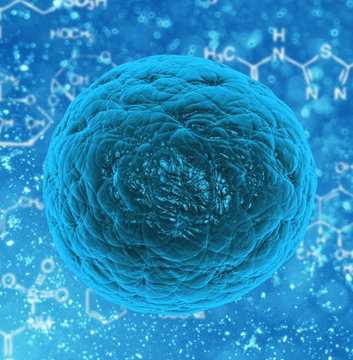
Lung cancer is the leading cause of cancer death worldwide and the third most common cancer type in the United States. The disease is often treatable when diagnosed in its early stages. So, experts are constantly working on new ways to detect lung cancer as early as possible so that people can receive prompt treatment.
While anyone can develop lung cancer, some risk factors such as smoking and exposure to second-hand smoke increase a person’s risk.
The treatment for lung cancer will depend on the type of lung cancer and the stage of the disease when detected. Doctors may utilize chemotherapy, surgery, immunotherapy, and radiation as part of treatment.
Dr. William Dahut, the chief scientific officer of the American Cancer Society, explained:
“Lung cancer is by far the leading cause of cancer deaths in the U.S. Although the number of deaths per year is decreasing (due to decreased tobacco use, C.T. screening, and targeted therapies), it remains a very serious medical problem. Outcomes are much better if lung cancer is detected earlier.”
A recent study published in Nature Communications focuses on a new method for detecting lung cancer at the cellular level, which could lead to earlier and more effective treatments.
Researchers say they examined a method to detect cancer at a more microscopic level than a typical biopsy and tissue analysis, specifically in lung cancer nodules. Their research used mice models, human tissue samples, and cell cultures.
The study authors noted the following to MNT:
“This study demonstrated the potential for high diagnostic accuracy when combining a cancer-targeted molecular imaging agent with a real-time needle-based confocal laser endomicroscopy system to assess malignancy in small, difficult-to-diagnose lung nodules.”
They reported that the method could differentiate between healthy cells and cancerous cells at the single-cell level. They also found that it could detect cancerous cells in tumors less than two centimeters wide.
The detection method is beneficial for lung cancer because the lung cancer tissue often has non-cancerous components that can hide detection.
The study authors elaborated to MNT how it is difficult to detect lung cancer via biopsy:
“The diagnostic yield of lung nodule biopsies is inherently low, which can present a challenge for clinicians to differentiate between benign and cancerous nodules…”
